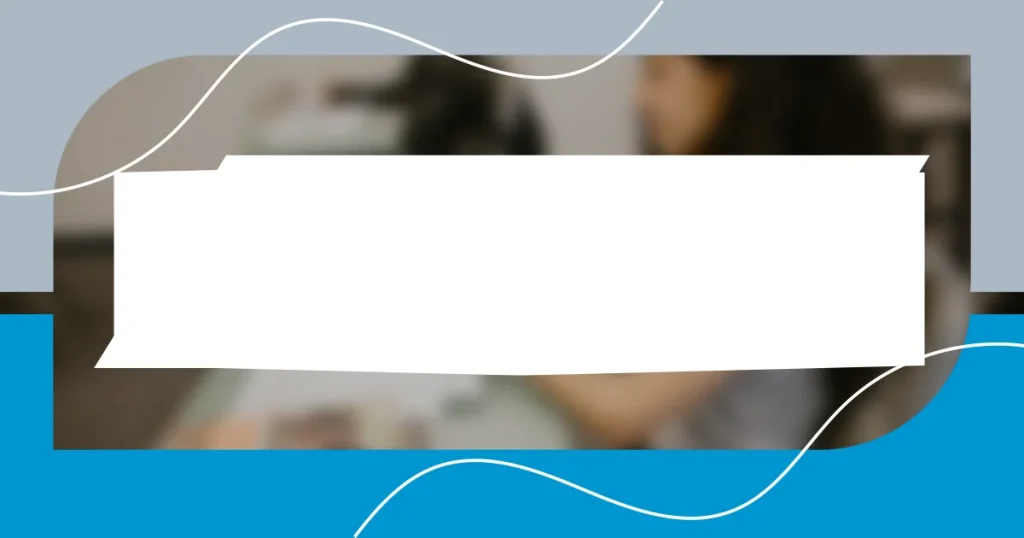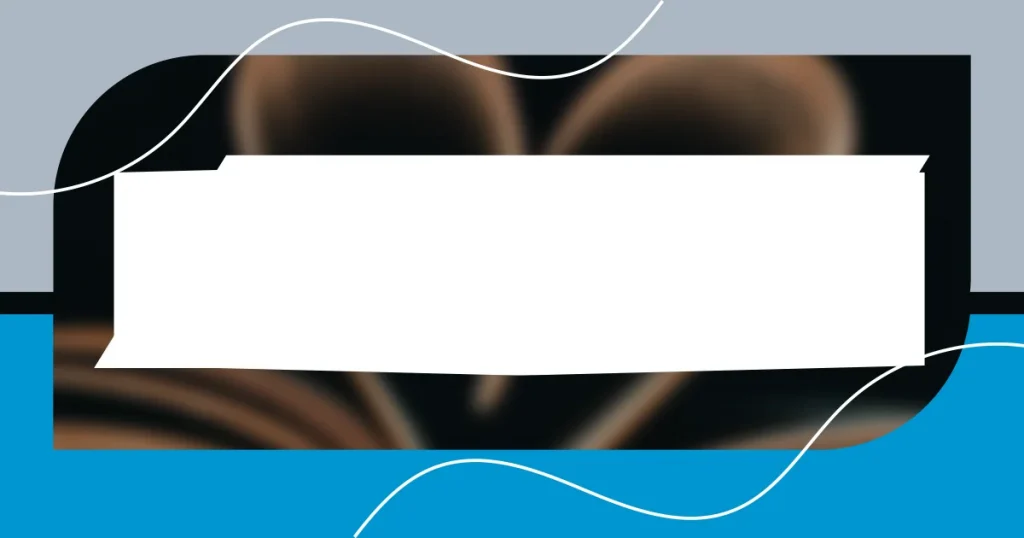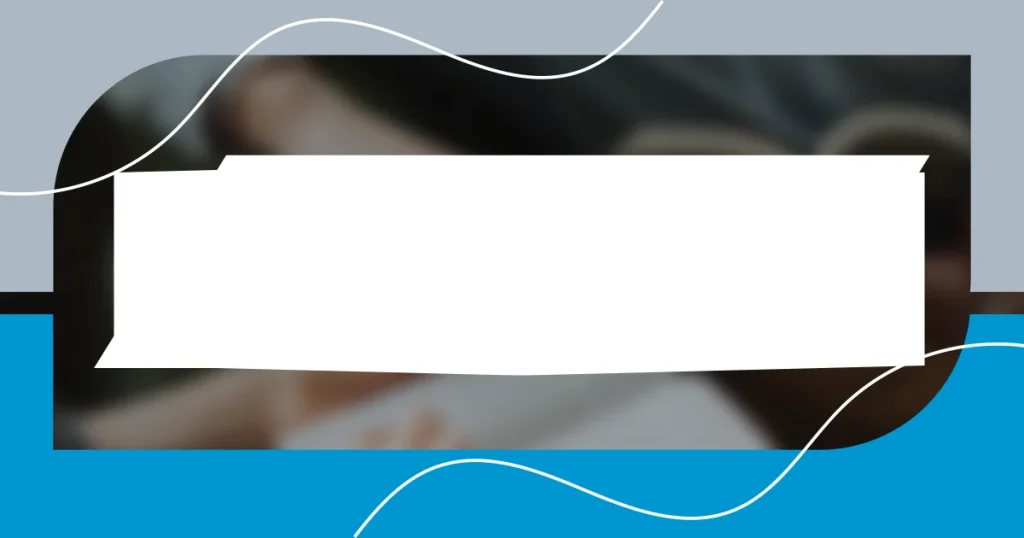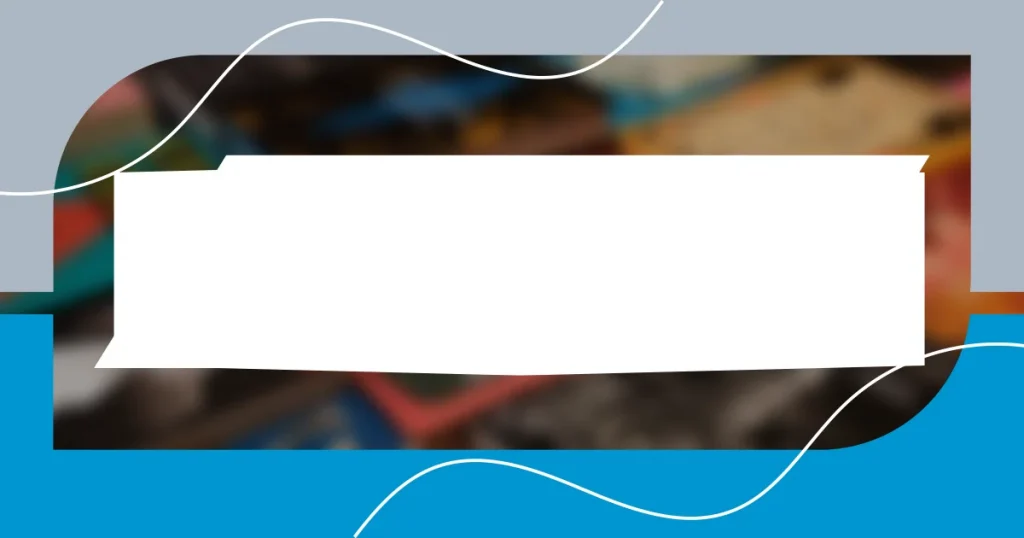Key takeaways:
- Choosing a research topic involves personal passion, audience relevance, and identifying gaps in existing literature to ensure unique contributions to the field.
- Effective research requires using credible sources by assessing authorship, publication quality, evidence, bias, and recency to enhance the integrity of writing.
- During the writing process, incorporating research into narratives involves connecting factual information with emotional depth, revising drafts to ensure alignment with character arcs and storytelling richness.
Choosing a research topic
When it comes to choosing a research topic, I often start by reflecting on my passions and interests. I ask myself: What have I always been curious about? What themes resonate with me on a personal level? For instance, during a rainy afternoon, I stumbled upon a book about forgotten societies, and it ignited a fire within me to explore lesser-known histories. That moment made me realize that tapping into what excites me often leads to the most fulfilling research.
I find it helpful to consider the audience I want to reach. The topic should not only enthrall me but also offer something valuable to others. This intersection between personal interest and audience relevance is crucial. When I penned my first novel, I thought about what would captivate my readers emotionally, and it guided me toward topics that might resonate deeply with them. How often do we overlook the importance of our audience’s curiosity?
Lastly, I always look for gaps in existing literature. There’s something thrilling about discovering a niche that others might have missed. It reminds me of my early research days when I unearthed fascinating details about an obscure historical event that hadn’t been adequately explored before. This experience taught me that finding a unique angle not only sparks my excitement but also contributes something new to the world.
Identifying credible sources
When I dive into research, identifying credible sources is an essential step that I take very seriously. I’ve learned from experience that not all information is created equal, and I often find myself sifting through a mix of facts and opinions. The thrill of uncovering reliable data can be a game changer for my writing. One time, while researching a book on environmental issues, I came across a stunning report from a reputable environmental organization. Its thorough analysis not only informed my perspective but also inspired a pivotal chapter in my book.
To assess the credibility of sources, I keep the following criteria in mind:
- Authorship: Is the author an expert in the field? Look for credentials, biographies, or other works.
- Publication: Is the source from a well-known, peer-reviewed journal or a reputable publisher?
- Evidence: Does the source provide references or citations to back up its claims?
- Bias: Is the information presented in a balanced way, or does it seem one-sided? Be wary of sources that aim to provoke an emotional response without solid arguments.
- Date: Is the information current or outdated? In quickly evolving fields, recency can be vital.
By employing these guidelines, I feel more confident in my research choices and ultimately enhance the integrity of my writing. Each credible source I find acts as a stepping stone, leading me further down the path of knowledge and inspiration.
Organizing research materials
Organizing research materials is a crucial part of my writing process. I often find myself gathering a heap of notes, articles, and bookmarks, which can quickly turn chaotic. I’ve discovered that creating a well-structured system transforms that clutter into clarity. For instance, I use digital tools, like Evernote, to sort my findings by categories relevant to my book’s themes. It’s satisfying to just type a keyword and instantly access all related documents. When I began writing my second novel, implementing this method saved me hours of searching through endless files.
To add a layer of organization, I always create a master spreadsheet. This might sound tedious, but it’s incredibly effective. I list the sources, along with notes on key findings and how they connect to various plot points or character developments. By visually mapping out this information, I can easily see what areas need further exploration. I remember a moment during my research for a historical fiction piece where cross-referencing my spreadsheet helped me identify an inconsistency in a key character’s timeline. That tiny detail transformed my narrative, making it richer and more believable.
While I still appreciate the tactile feel of pen and paper, I’ve found that organizing my research in a digital format allows for greater flexibility and accessibility. I can add or edit notes on the fly, ensuring I remain aligned with my creative flow. I’ll often set aside a block of time where I dive into this organizational work, and strangely, I find it invigorating. There’s something exceptionally rewarding about visualizing my research in a cohesive manner.
| Method | Description |
|---|---|
| Digital Tools (e.g., Evernote) | Organizing notes by categories for easy access. |
| Master Spreadsheet | Listing sources with notes to connect insights efficiently. |
| Pen and Paper | Utilized for notes when I seek a tactile experience. |
Taking effective notes
Taking effective notes is more than just jotting down information—it’s about capturing insights in a way that resonates with me later. I usually find that when I distill complex ideas into my own words, I grasp them much better. This technique not only enhances my understanding but also makes it easier to incorporate those ideas into my narrative seamlessly. Have you ever felt the difference between simply copying text and genuinely processing it? I remember one occasion when I was engrossed in a book about ancient civilizations; transforming dense historical facts into bite-sized reflections helped me connect emotionally to the story I was weaving.
I like to use a combination of bullet points and margin notes to clarify my thoughts as I research. Bullet points give me a structured overview, while margin notes allow for more spontaneous ideas that can evolve later. I recall a time when I was sketching out a chapter on mythology for my latest project. My margin notes turned into a brainstorming session, igniting an unexpected subplot that added depth to my characters. It’s amazing how the act of writing can spark new creativity, isn’t it?
An effective note-taking session often comes with a clear focus and intention. When I dive into research with specific questions in mind, my notes become much more purposeful. For example, while researching climate change for a recent book, I wrote down insights not just about the science but also about human emotions surrounding the topic. These notes served as a powerful reminder of the stakes involved, helping me to craft scenes that felt both urgent and relatable. Do you take time to reflect on the emotional aspects of your research? I’ve found that doing so enriches not only my writing but also my connection with the readers.
Analyzing and synthesizing information
Analyzing and synthesizing the information I gather is a pivotal part of my writing journey. I often liken this process to assembling a puzzle; each piece of research needs to fit smoothly into the overall narrative. After I collect various insights, I take the time to read and contemplate their significance. Have you ever found that a piece of information resonates differently after a bit of reflection? I remember sifting through academic articles on cultural symbolism for a project. Once I stepped back to analyze the connections, I realized how these symbols could elevate my character’s motivations. It was an eye-opener—I could see my writing landscape expand before me.
To truly synthesize my findings, I strive to create a narrative thread that unifies all the different concepts I’ve encountered. I don’t just want to know facts; I want to understand how they interact, influencing one another to form a cohesive story. There was a time during my research for a sci-fi novel that I mapped out a timeline of technological advancements alongside societal changes. As I placed them side by side, the insights practically jumped off the page. It became clear how this interplay was essential for shaping the world I was building, grounding it in a reality that felt relatable yet imaginative. Isn’t it fascinating how the relationships among ideas can spark a new direction in our writing?
In my experience, making connections between disparate pieces of information often leads to deeper insights. It’s not enough to see the surface; I aim to dig deeper and find those underlying themes that bind my research together. I once encountered a seemingly unrelated piece about ancient philosophies while researching modern existentialism. As I contemplated the historical context, I discovered parallels that enriched my own characters’ struggles. This revelation felt transformative, as though I had opened a door to a richer narrative depth. How often do we miss these connections because we’ve been too focused on the details? Allowing myself to wander through the information landscape has become an exhilarating part of my creative process.
Incorporating research into writing
Incorporating research into my writing is like weaving a rich tapestry of knowledge and creativity. I often find myself pulling threads of information from various sources and blending them into my narrative. For instance, when I was writing about a real historical event, I made it a point to explore not just the facts but the emotions and decisions that surrounded it. This exploration helped me create scenes that felt authentic and relatable. Have you ever strived to capture the heart of a moment through research? I can tell you it’s a rewarding challenge.
I have a particular fondness for infusing research-driven details into dialogue. When a character mentions a specific historical event or scientific principle, it adds depth and credibility to their voice. While working on a mystery novel, I included a scene where a detective casually references an obscure law that turned out to be pivotal to the plot. Interestingly, this little detail surprised both the readers and myself. I felt as though I had handed them a key to unlocking the entire story. Don’t you think those nuances can elevate the reader’s experience?
Furthermore, visuals play an integral role in how I bring research to life on the page. I often sketch out scenes based on images or infographics I’ve encountered in my research journey. Recently, when researching coastal ecosystems for an environmental novel, I stumbled upon a striking infographic that illustrated the intricate relationships between species. This inspired a vivid scene where my protagonist interacts with the environment in a way that feels both enlightening and urgent. Can you relate to discovering a visual that dramatically shifts your perspective? For me, those moments are treasures that help bridge the gap between mere facts and emotional storytelling.
Revising research findings and drafts
Revising research findings and drafts is a crucial step in my writing process that often leads to unexpected revelations. I think of it as the moment of clarity—when pieces of my research align with the narrative I want to tell. For example, while revising a section on climate change, I noticed that certain statistics didn’t just belong in a textbook; they had emotional weight. They represented real lives affected by policy decisions. So, I added a poignant personal story of a family impacted by floods, which brought the entire narrative to life. Have you ever felt such a shift when revisiting your work?
As I weave through my drafts, I also pay attention to how well my research supports the emotional arcs of my characters. I find that some of the raw data can be dry and uninspiring, which is why I look for ways to humanize those facts. For instance, after incorporating data on homelessness for a character’s backstory, I felt compelled to revisit and refine that section to showcase not just the statistics but the individual’s triumph against adversity. The revision process allowed me to add layers of empathy and nuance, turning numbers into narratives. Isn’t it amazing how a simple revision can transform dry facts into compelling emotional journeys?
Moreover, I regularly remind myself that revision is not just about correcting mistakes—it’s about enhancing the story’s depth. During one particular revision for a fantasy novel, I had collected a wealth of information about various mythologies. However, some of it felt forced in the narrative. By reassessing and condensing the research, I could streamline the mythological elements that truly mattered. I often ask myself, “Is this enhancing the story or cluttering its path?” The answer guides my revisions, making sure that each researched detail resonates with the heart of the tale I want to tell. Have you found that your revisions lead to these deeper questions as well?











